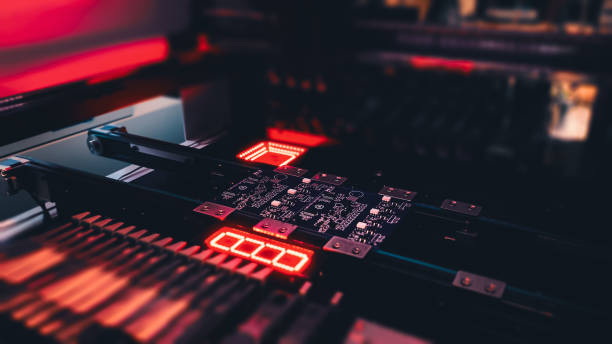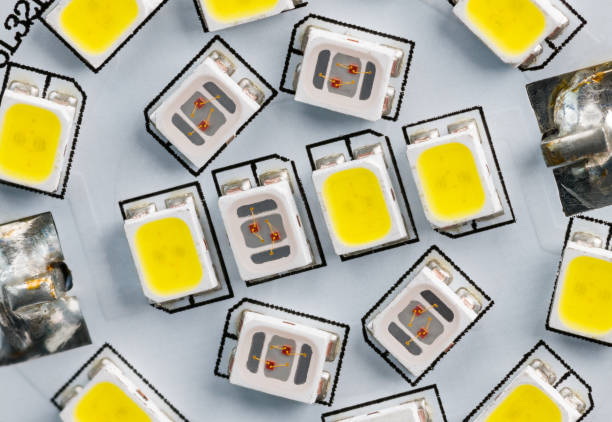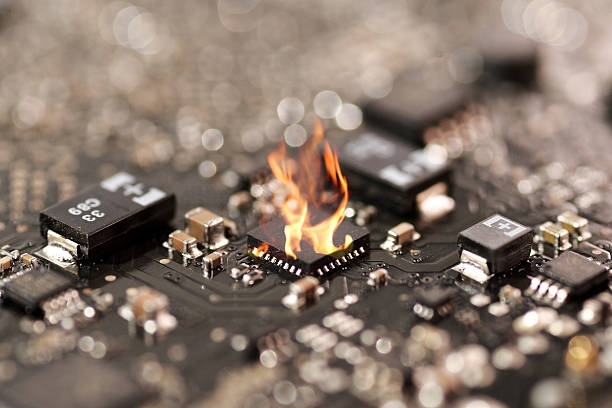Content Menu
● Understanding SMT Assembly
● The SMT Manufacturing Process Flow
● Advantages of SMT Assembly
● Applications of SMT Assembly
● Conclusion
● Related Questions
>> 1. What is the difference between SMT and THT (Through-Hole Technology)?
>> 2. How does the reflow soldering process work?
>> 3. What types of components are used in SMT?
>> 4. Why is inspection important in the SMT process?
>> 5. What are the benefits of using automated pick-and-place machines?
Surface Mount Technology (SMT) assembly has become a cornerstone of modern electronics manufacturing. This method allows for the efficient placement of electronic components directly onto the surface of printed circuit boards (PCBs), significantly enhancing the performance, reliability, and compactness of electronic devices. In this article, we will explore the importance of SMT assembly, its manufacturing process flow, and its impact on various industries.

Understanding SMT Assembly
SMT assembly is a process that involves mounting electronic components, known as Surface Mount Devices (SMDs), onto the surface of PCBs. Unlike traditional through-hole technology, where components are inserted into holes drilled in the PCB, SMT allows for a more compact design, enabling higher component density and reducing the overall size of electronic devices. This technology is widely used in consumer electronics, automotive applications, and telecommunications, among others.
The SMT Manufacturing Process Flow
The SMT manufacturing process flow consists of several key steps, each critical to ensuring the quality and reliability of the final product. Here's a detailed breakdown of the process:
1. PCB Preparation: The process begins with the preparation of the PCB, which includes cleaning and applying a solder mask to prevent solder from bridging between pads.
2. Solder Paste Application: A stencil is used to apply solder paste to the PCB pads where components will be placed. This step is crucial as it ensures that the right amount of solder is applied.
3. Component Placement: Automated pick-and-place machines are used to position the SMDs onto the PCB. These machines are highly precise and can place thousands of components per hour.
4. Reflow Soldering: After placement, the PCB is passed through a reflow oven, where the solder paste is heated to melt and create a strong bond between the components and the PCB.
5. Inspection: Post-soldering, the boards undergo inspection processes, including automated optical inspection (AOI) and X-ray inspection, to ensure that all components are correctly placed and soldered.
6. Testing: Functional testing is performed to verify that the assembled PCB operates as intended. This may include electrical testing and performance evaluations.
7. Final Assembly: Once testing is complete, the PCBs are integrated into their final products, which may involve additional assembly steps such as casing and wiring.

Advantages of SMT Assembly
SMT assembly offers numerous advantages over traditional methods, making it essential for modern electronics:
- Higher Component Density: SMT allows for more components to be placed on a smaller area, which is crucial for compact devices like smartphones and tablets.
- Improved Performance: The shorter electrical paths in SMT designs reduce signal loss and improve overall performance.
- Cost Efficiency: The automation of the SMT process reduces labor costs and increases production speed, making it more cost-effective for manufacturers.
- Reliability: SMT components are generally more reliable due to their smaller size and the absence of leads that can be damaged during handling.
- Flexibility: SMT can accommodate a wide variety of components, including passive and active devices, making it versatile for different applications.
Applications of SMT Assembly
SMT assembly is utilized across various industries, reflecting its importance in modern technology:
- Consumer Electronics: Devices such as smartphones, tablets, and laptops rely heavily on SMT for their compact designs and high functionality.
- Automotive: Modern vehicles incorporate numerous electronic systems, from engine control units to infotainment systems, all benefiting from SMT's reliability and efficiency.
- Telecommunications: SMT is crucial in the production of communication devices, ensuring high performance and compact designs necessary for mobile and internet technologies.
- Medical Devices: The precision and reliability of SMT are vital in medical electronics, where performance can directly impact patient safety.
Conclusion
In conclusion, SMT assembly is a critical component of modern electronics manufacturing. Its ability to enhance performance, reduce size, and improve reliability makes it indispensable in various industries. As technology continues to advance, the role of SMT will only grow, driving innovation and efficiency in electronic device production.

Related Questions
1. What is the difference between SMT and THT (Through-Hole Technology)?
SMT involves mounting components directly on the surface of PCBs, while THT requires components to be inserted into holes drilled in the PCB. SMT is generally preferred for its compactness and efficiency.
2. How does the reflow soldering process work?
Reflow soldering involves heating solder paste on a PCB to its melting point in a controlled oven, allowing it to bond components to the PCB as it cools.
3. What types of components are used in SMT?
Common SMT components include resistors, capacitors, integrated circuits, and various sensors, all designed for surface mounting.
4. Why is inspection important in the SMT process?
Inspection ensures that all components are correctly placed and soldered, which is crucial for the reliability and functionality of the final product.
5. What are the benefits of using automated pick-and-place machines?
Automated pick-and-place machines increase the speed and accuracy of component placement, significantly enhancing production efficiency and reducing labor costs.




















